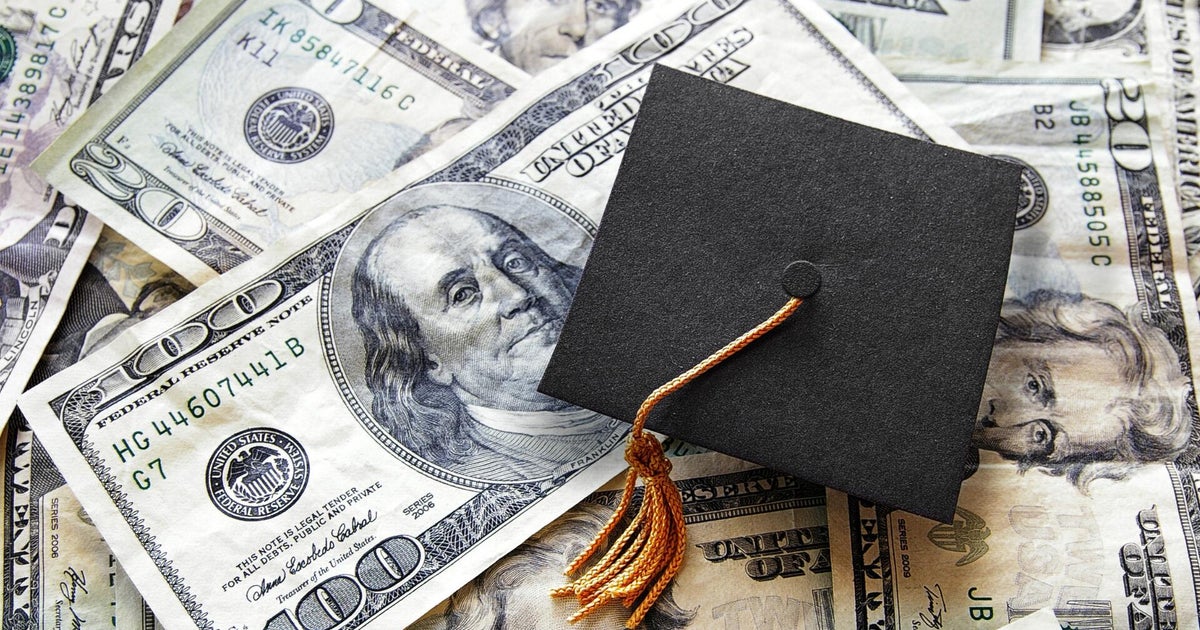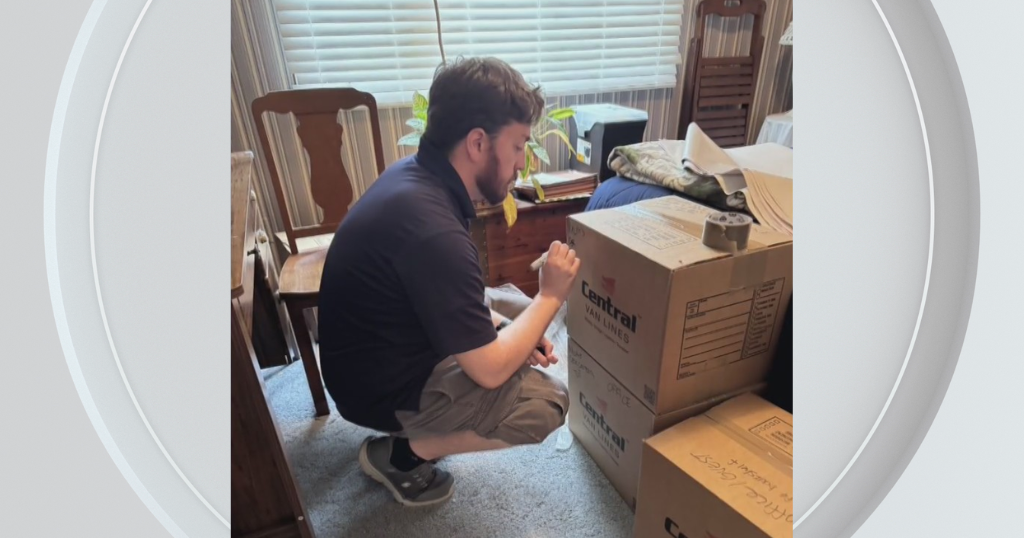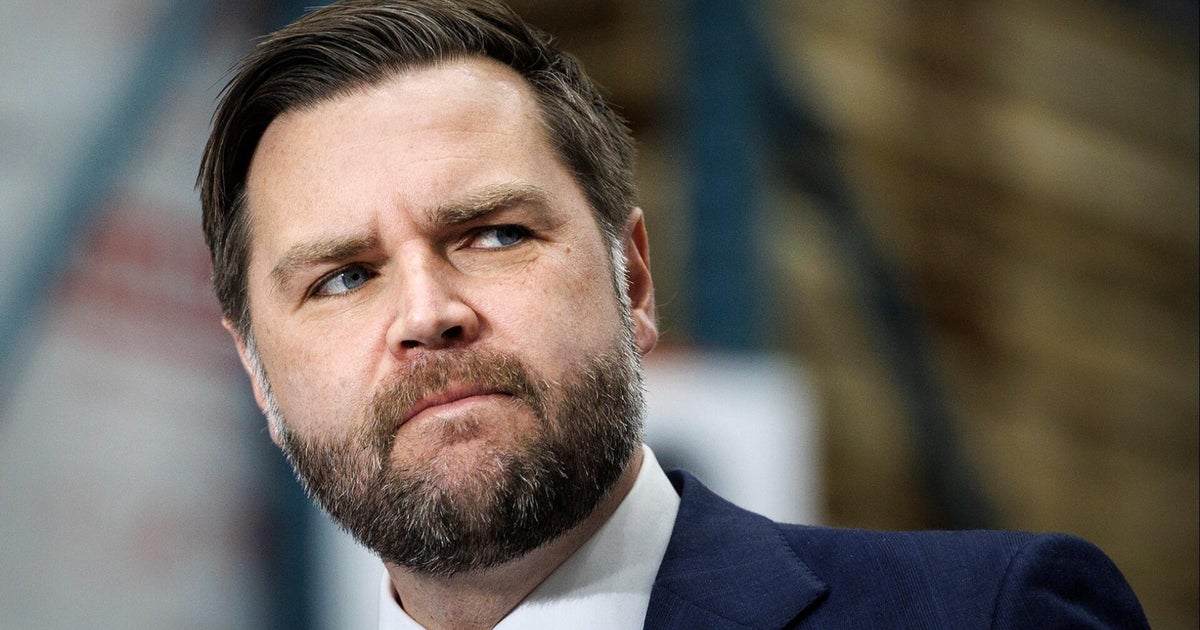3 things you need to know about Minnesota's child tax credit of $1,750 per child
MINNEAPOLIS — Last year, state lawmakers signed off on what was billed as a nation-leading child tax credit program for low- and middle-income Minnesota families aimed at cutting child poverty by one-third.
The credit is $1,750 per child and it reduces as household income increases until it's fully phased out.
This year, the average tax filers in Minnesota who qualified had two children and received an average total credit of about $2500 — or $1,250 per child — according to data provided by the Minnesota Department of Revenue for the 2023 tax year, and 210,000 families saw the benefit.
This session, the legislature expanded the child tax credit to include "safe harbor" protections — a priority of Gov. Tim Walz—and required the revenue department to develop an advance payment system, so families can receive some of the credit earlier than tax filing time.
Who qualifies for the Minnesota child tax credit?
There are income limits in order to qualify for some of or the full $1,750 child tax credit in Minnesota. To get the maximum refund, income cannot exceed $29,500 for a single filer or $35,000 for married couples filing jointly.
The credit phases out completely for families with one child if their annual income is $52,495. But the threshold for the full phase-out increases with more children. For example,a couple with four children would still receive part of that credit if they make $90,000 a year.
Amy Fisher, a volunteer tax preparer at Prepare and Prosper, which provides free tax preparation, testified in a February committee hearing that she has witnessed the benefits firsthand.
"For families eligible for the credit, every dollar counts," she said. "One single mom told me last week it's getting harder and harder to stretch her child support, and her work hours are limited to her kids' school hours. She was surprised and so grateful for her larger Minnesota refund this year."
Advance, periodic payments of the child tax credit are coming in 2025
Starting next year, families who qualify for the child tax credit can opt-in to receive 50% of the total credit in advance payments before tax season begins.
Paul Marquart, commissioner of the Department of Revenue, said the details are still being sorted about how frequently the payments would be sent and just when that would happen—if it's monthly, bi-monthly, or quarterly.
The program would mirror what the federal government did during the pandemic, when millions of families received six monthly payments of $250 to $300 per kid from July to December 2021. The money amounted to half of the child tax credit authorized by the American Rescue Plan, a COVID relief package.
They received the rest of the refund when they filed their taxes the following year. Studies suggest those payments kept families afloat during difficult financial times and reduced food insecurity.
"The benefit of that is you're meeting families where their financial situations are and so it's less likely a family will fall behind on their bills," said Marquart.
He said Minnesota would be the first state to implement advance payments of a tax credit in this way.
"So we want to make sure that whatever we do when we start this program, that it's done right, and that we know it's going to work correctly," he added.
Protections in place for Minnesotans whose financial situation improves
A key change to the child tax credit approved by lawmakers this year includes what Marquart called "safe harbor" protections.
It's essentially a grace period if a person's financial situation improves and they no longer qualify for the same amount of the child tax credit that they once did.
"We don't want someone to worry that if they get a promotion at their job or a spouse takes on a new job, that they're going to lose their benefit and have to pay back that advance credit," Marquart said in an interview. "That's really the key."
As long as someone's increased income does not exceed the thresholds for the full phase-out, he explained, they would not owe anything back.
He gave this example: A couple with two children qualifies for the maximum credit in the previous tax year qualifies for the maximum credit of $3,500 total. Then, they opt-in to advance payments before the next tax filing period, so they receive 50% of that total, or $1,750, in periodic payments from July to December.
Later in the year, one of the parents received a big raise at work and their household income increased significantly, impacting their tax liability.
But even with the boost, that annual income is still under the limit after which the tax credit is fully phased out.
In such a scenario, Marquart said, "they certainly would qualify for a partial credit, but it wouldn't be the full $3,500. It might be $1,500 now. But they got $1,750 in the advanced credit."
These "safe harbor" protections would assure them that they would not have to pay that back, he explained.
Marquart said fear of making too much money and owing the department the difference is a deterrent to enrolling in advance payments. So the goal of the "safe harbor" provision is to incentivize people to opt-in, he said, since he believes the child tax credit program will be more effective and beneficial when families receive part of the money sooner than one lump sum when they file their taxes.








